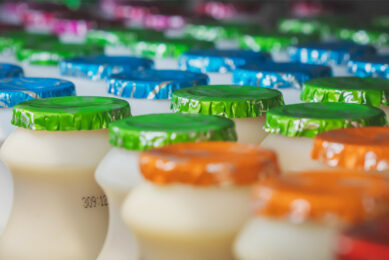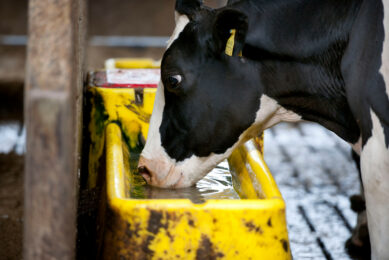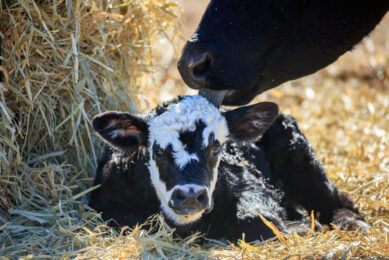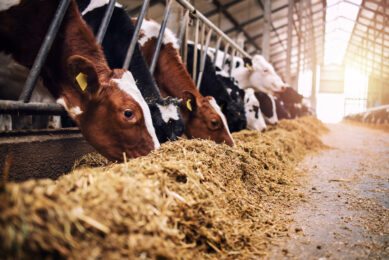Novel heat stress interventions to cool off birds
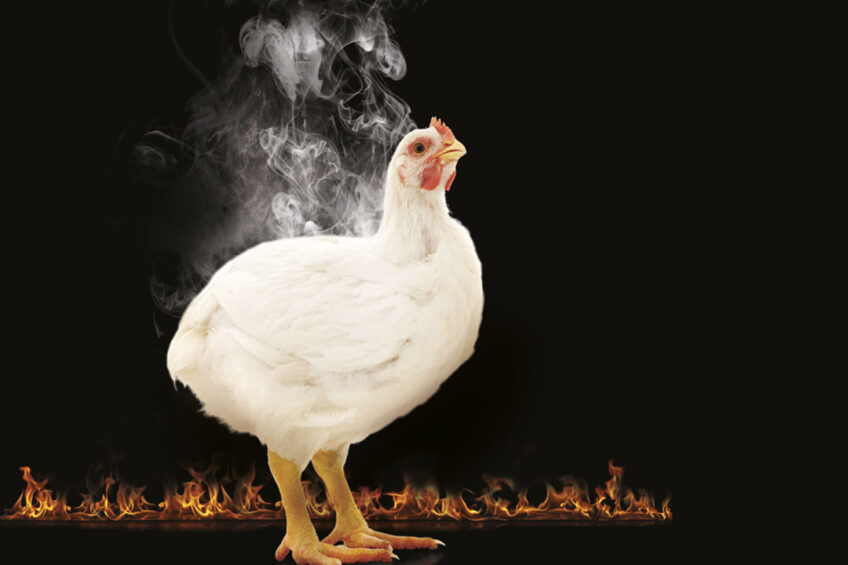
In most regions, summer is around the corner and poultry farmers need to prepare the birds to combat the heat and hence stay productive. Adding a powerful yeast postbiotic can help broilers absorb nutrients more readily and keep cool.
When the chicken is healthy and performing at its best, the bird is in a state of physiological equilibrium (homeostasis). When the animal is exposed to stressors, coming from external sources (such as heat stress) or internal sources (such as metabolic disorders), the homeostasis is disrupted. Poultry seems to be specifically sensitive to temperature-associated challenges, especially heat stress. If the body temperature rises more than 4°C, the bird will die. Preventing poultry from heat stress helps maintain the homeostasis of the animal, which has a direct positive effect on bird and egg performance, animal health and welfare and farm profitability.

Recognise the ‘heat’ alarm bells
It is key to know when the heat alarm bells go off and when to take action. Simply looking at the ambient temperature is not enough. Also humidity plays a role. The THI (Temperature Humidity Index) measures the combined effects of ambient temperature and relative humidity to define the level of heat stress. At a THI of >30, we speak of severe heat stress. Chickens in the thermal stress condition spend less time walking and standing, consume less feed and more water, spread wings, and cover their body surface in the litter. At first sight you might only see that the behaviour of the birds change, but heat stress has an effect on a range of physiological processes that are not visible straight away, such as an elevated corticosterone levels in the blood, a weakened immune system, changes in reproductive hormones, eggshell mineralisation and loss of gut integrity (leaky gut). All these physiological adjustments ultimately lead to a reduced zootechnical performance.
Heat stress impact on poultry production and profitability
A number of studies showed that heat stress not only causes suffering and a reduction in performance, it can also lead to death and substantial economic losses:
↓ 50% feed intake
↓ 25% feed efficiency
↓ 30% body weight
↓ 30% egg production
↓ 30% calcium uptake
↓ 20% shell thickness
↓ 4 points in survival rate
↓ 2 billion USD per year globally
Proper housing and adjusted feeding
Different actions should be taken to manage the heat stress. Poultry houses should include correct orientation to allow air flow, spacing between houses, increased ventilation capacity, fogging and evaporation systems to provide the best possible production conditions. In addition to poultry house management, the main changes that producers can implement at farm level are feeding strategies and nutritional management. Feeding strategies for broilers may include to withdraw feed 3-6 hours before the heat stress peak and reintroduce feed 6 hours after the peak. Another strategy that has been proposed to enhance broiler productivity during heat stress is to impose a feed restriction at an early age (4 to 6 days old) to adapt the digestive system to fasting during acute heat stress periods later in life. Nutritionists can also adapt the fat and protein contents of the diets. Studies showed for example that increased fat levels in the diet of heat-stressed broilers keeps feed intake levels up and allows them to better cope with high temperatures. Utilising wet feed during heat stress periods is another feeding measure and helps increase dry matter intake in layers and broilers. And of course, cool and fresh drinking water should be available at all times, because water works as a coolant.
The power of yeast postbiotic
Next to the important housing and feeding strategies, the application of dietary solutions that improve gut integrity and health are of fundamental interest to combat the negative effects of heat stress and to keep bird performance, health, welfare and farm profitability at the desired levels. Yeast postbiotics, rich in mannan-oligosaccharide (MOS) and ß-glucans, have been shown to modulate immunity, preserve gut function and improve growth performance, powerful mechanisms that could reverse or compensate the physiological alterations induced by heat stress.
Safmannan (hereafter called YP: yeast postbiotic) is a premium quality yeast postbiotic that comes from a primary culture of Saccharomyces cerevisiae and is high in MOS and ß-1,3/1,6-glucans content. In this context, a postbiotic entails selected fractions from specific inactivated yeast cells, and when given to the animals at adequate amounts can bring health benefits. YP, supplemented at 250 g/t or 500 g/t of feed, can counteract the negative effects caused by heat stress, which has been studied and extensively over the last decade across a wide range of production systems and conditions.
Figure 1 – Effect of yeast postbiotic Safmannan on FCR under severe heat stress (D0 – D42, THI ≥ 32).

Feed intake up, survival rate increased
Heat stress can negatively impact a range of zootechnical parameters, including feed intake. Trials in severe heat stress conditions (THI of 32) in China (2017) showed that the birds that were supplemented with the YP had a significantly higher feed intake (90 grams per day), compared to the control group (84 grams) (p < 0.05). An important parameter for poultry producers is feed conversion ratio (FCR), which has to be as low as possible to secure farm profitability.
Heat stress can increase FCR. A number of trials showed that YP can significantly decrease FCR of birds under severe heat stress conditions (Figure 1). Heat stress can also cause death, something to be prevented at all times. In numerous trials, the bird survival rate has increased when YP was added to the diet of the birds (Figure 2).
ROI of up to 10:1
An integrated approach including housing, feeding regimes and nutritional strategies is needed to better anticipate and hence prevent losses when the heat stress index (THI) rises. Safmannan, is a powerful dietary solution that helps reduce heat stress related effects in poultry, increase animal welfare and prevent feed losses. Based on the trials shown in Figure 1 and 2, the ROI of this postbiotic comes to an average of 6.5:1, up to an ROI of 10:1 for some situations.
This makes this yeast postbiotic an important component of a global integrated heat stress mitigation programme. Not only to reduce heat related stress in birds but also financial related stress for poultry producers
References are available on request
Author:
Alain Riggi, Global Species Manager Poultry, Phileo by Lesaffre
Join 13,000+ subscribers
Subscribe to our newsletter to stay updated about all the need-to-know content in the dairy sector, two times a week.



